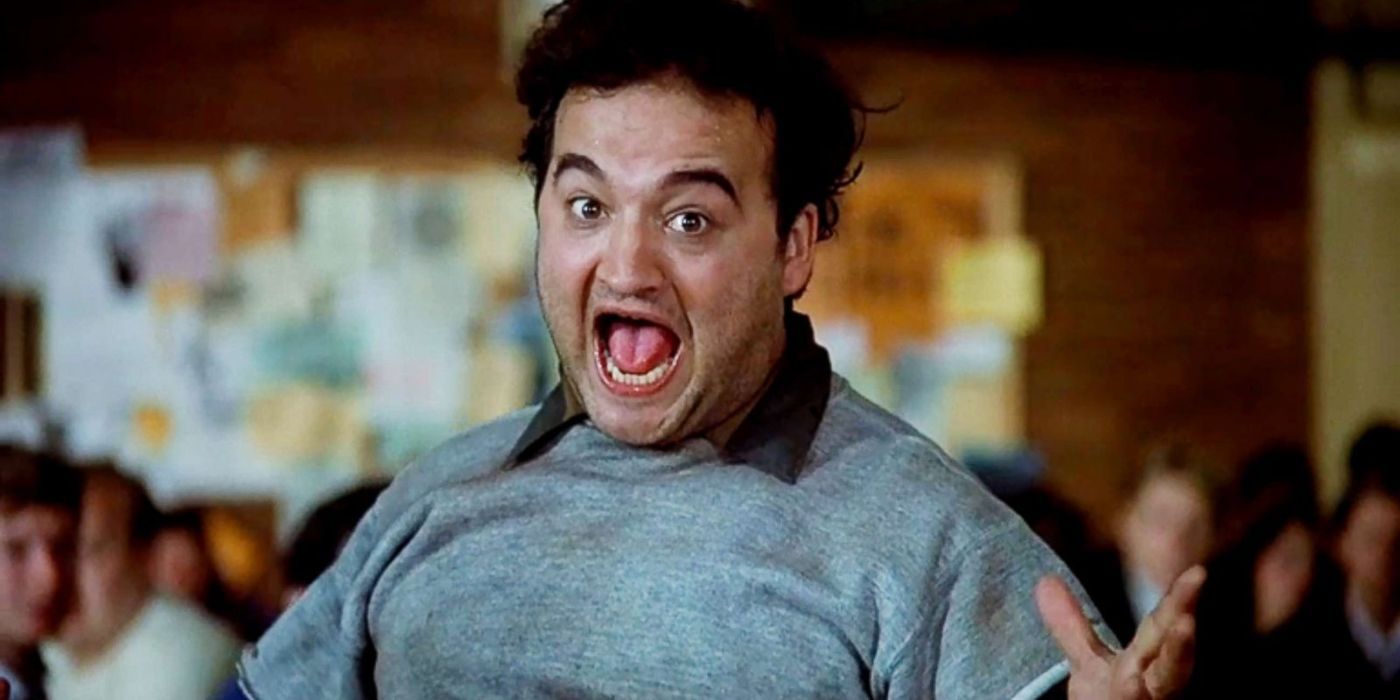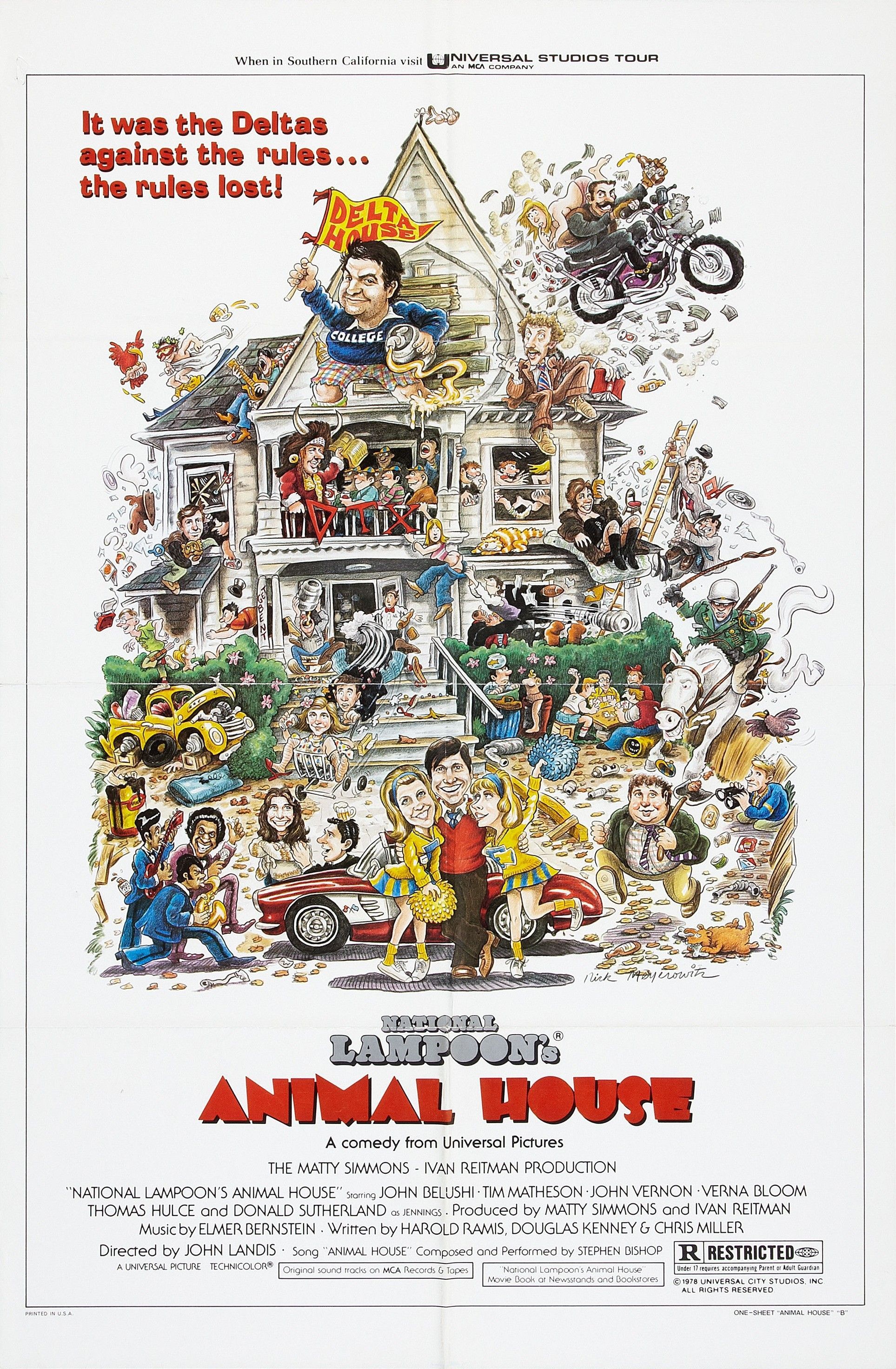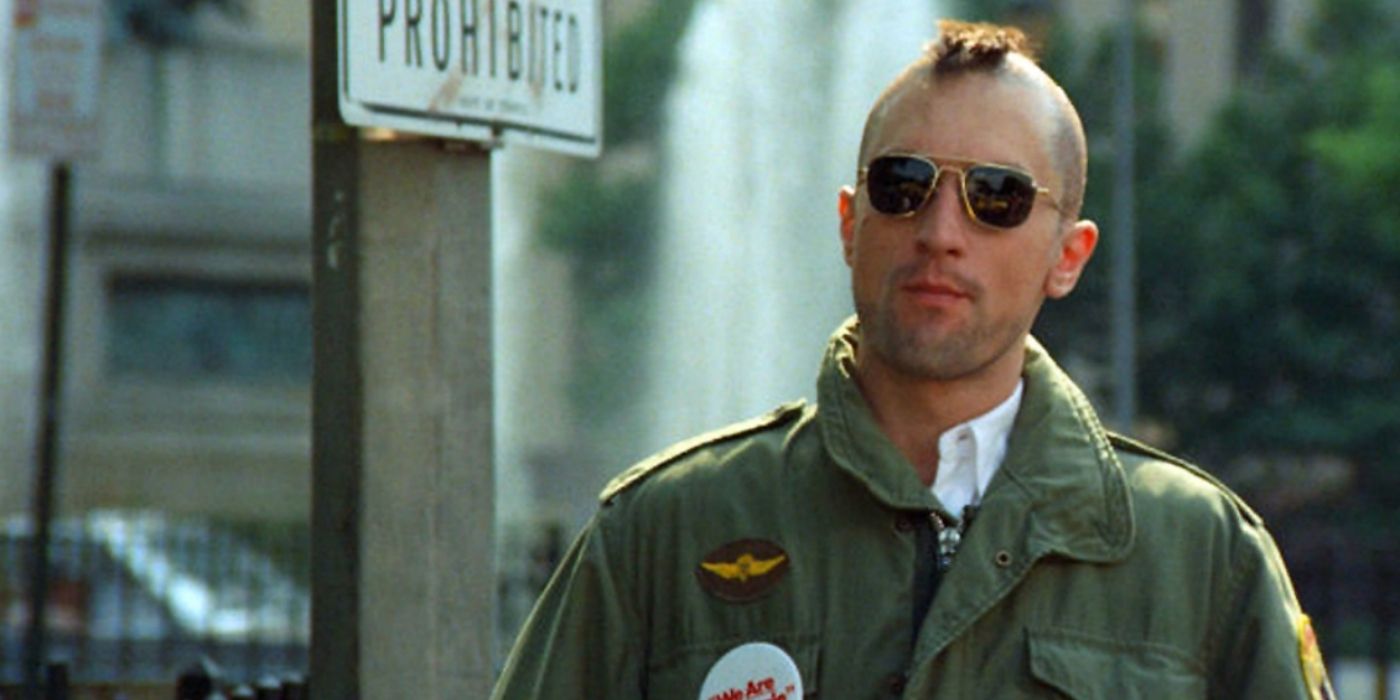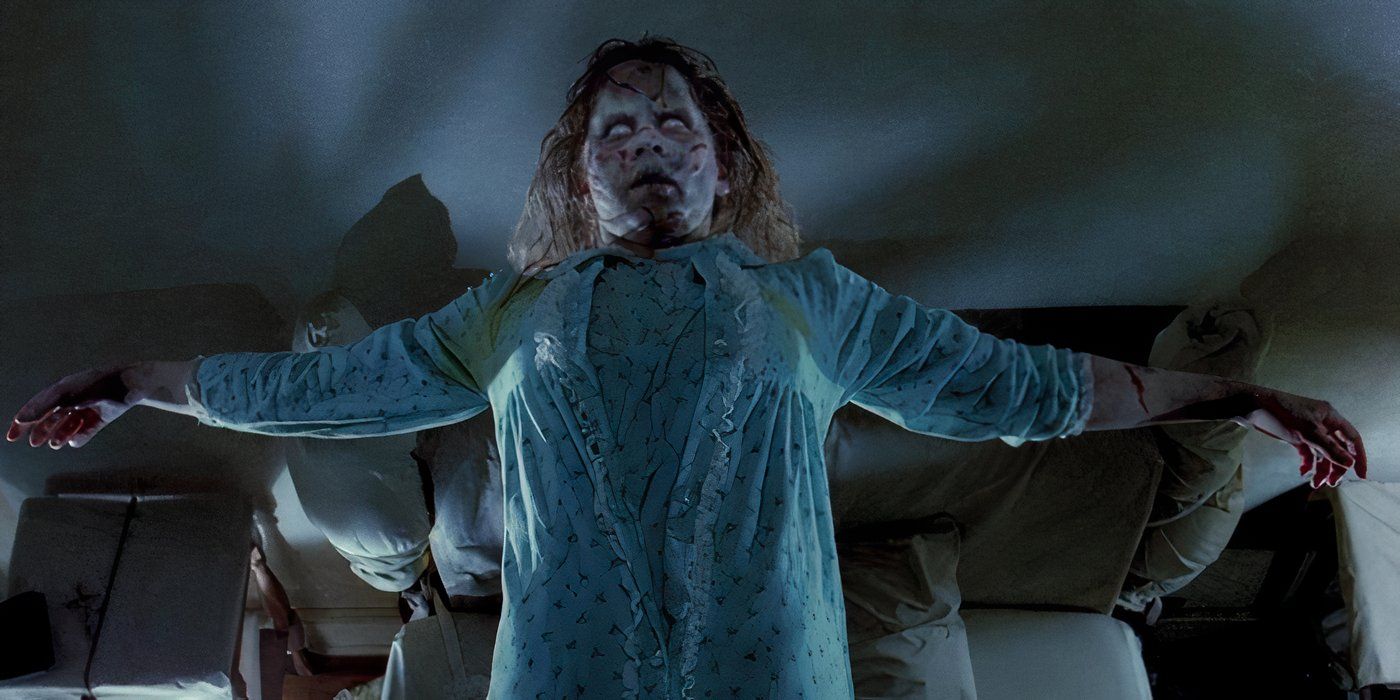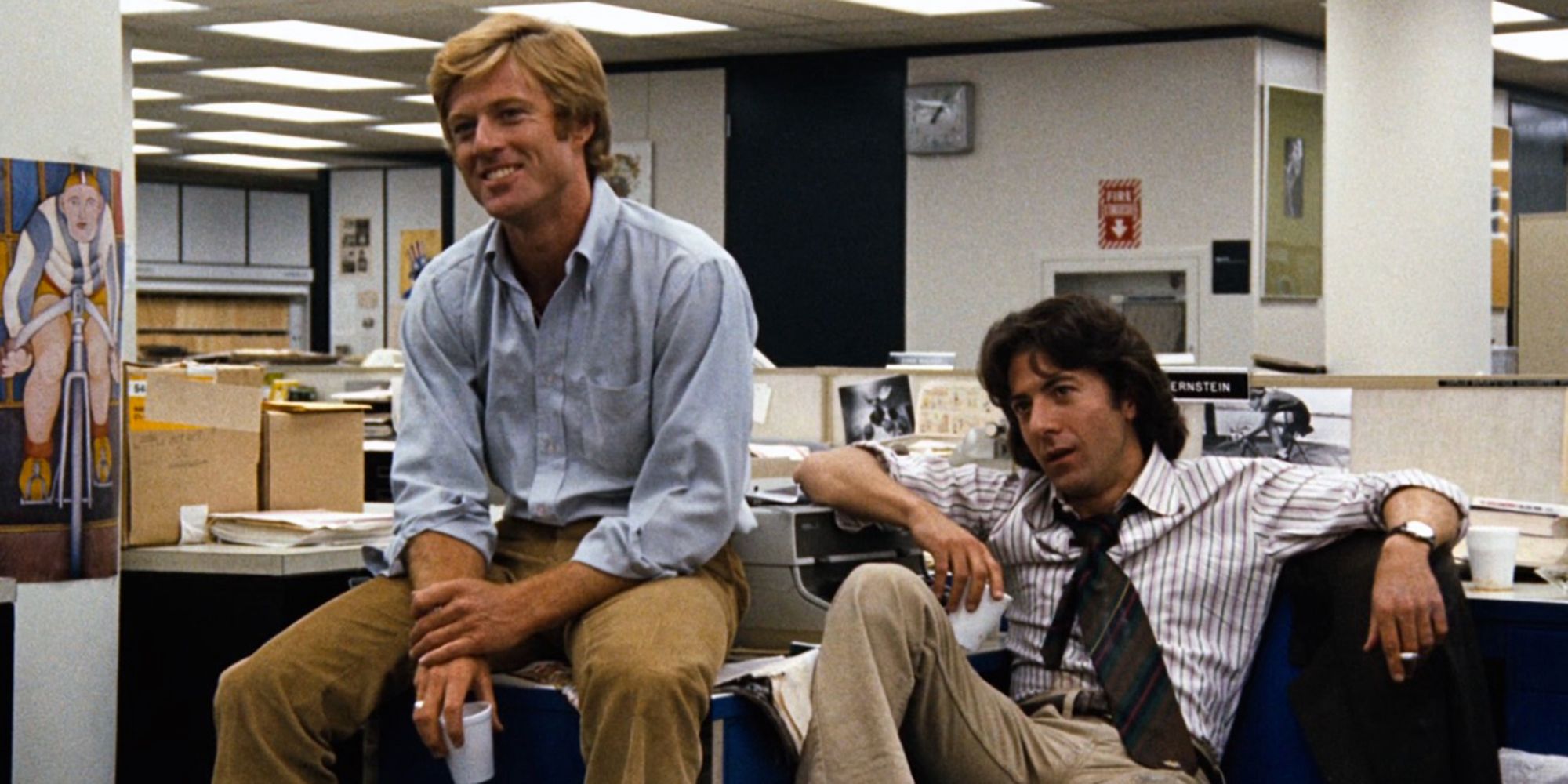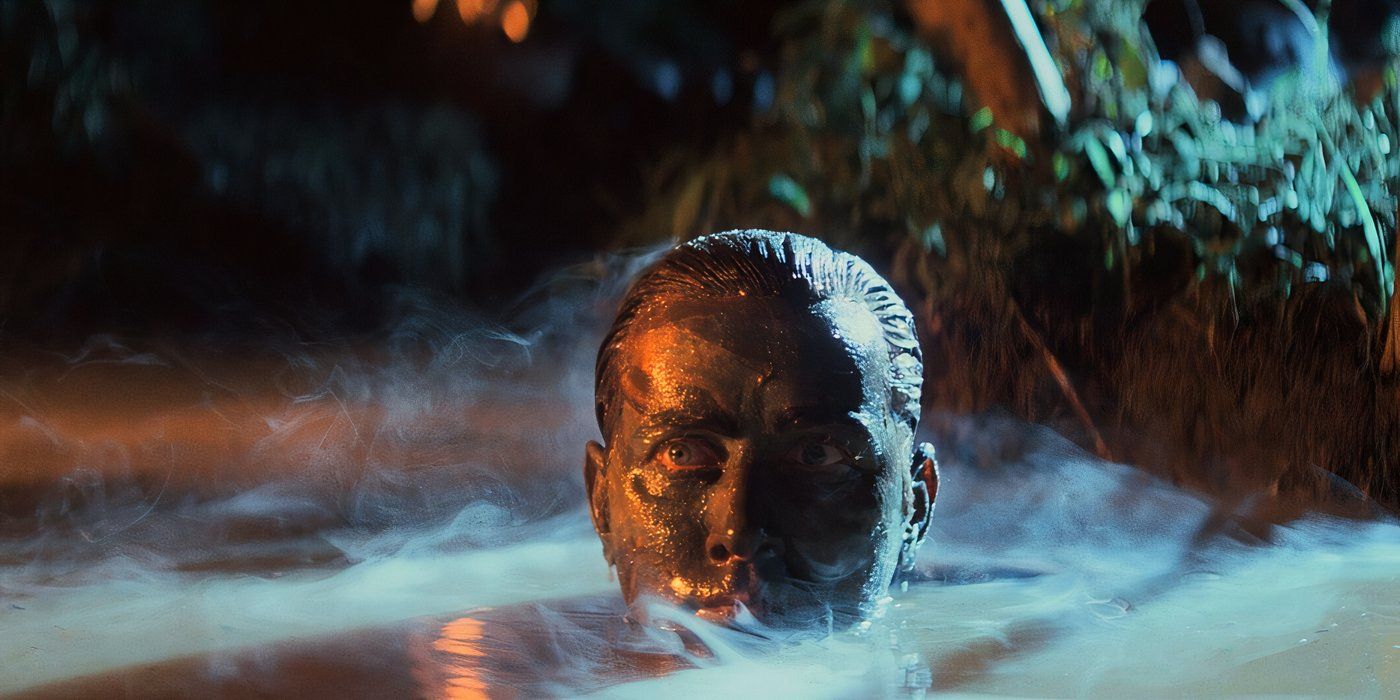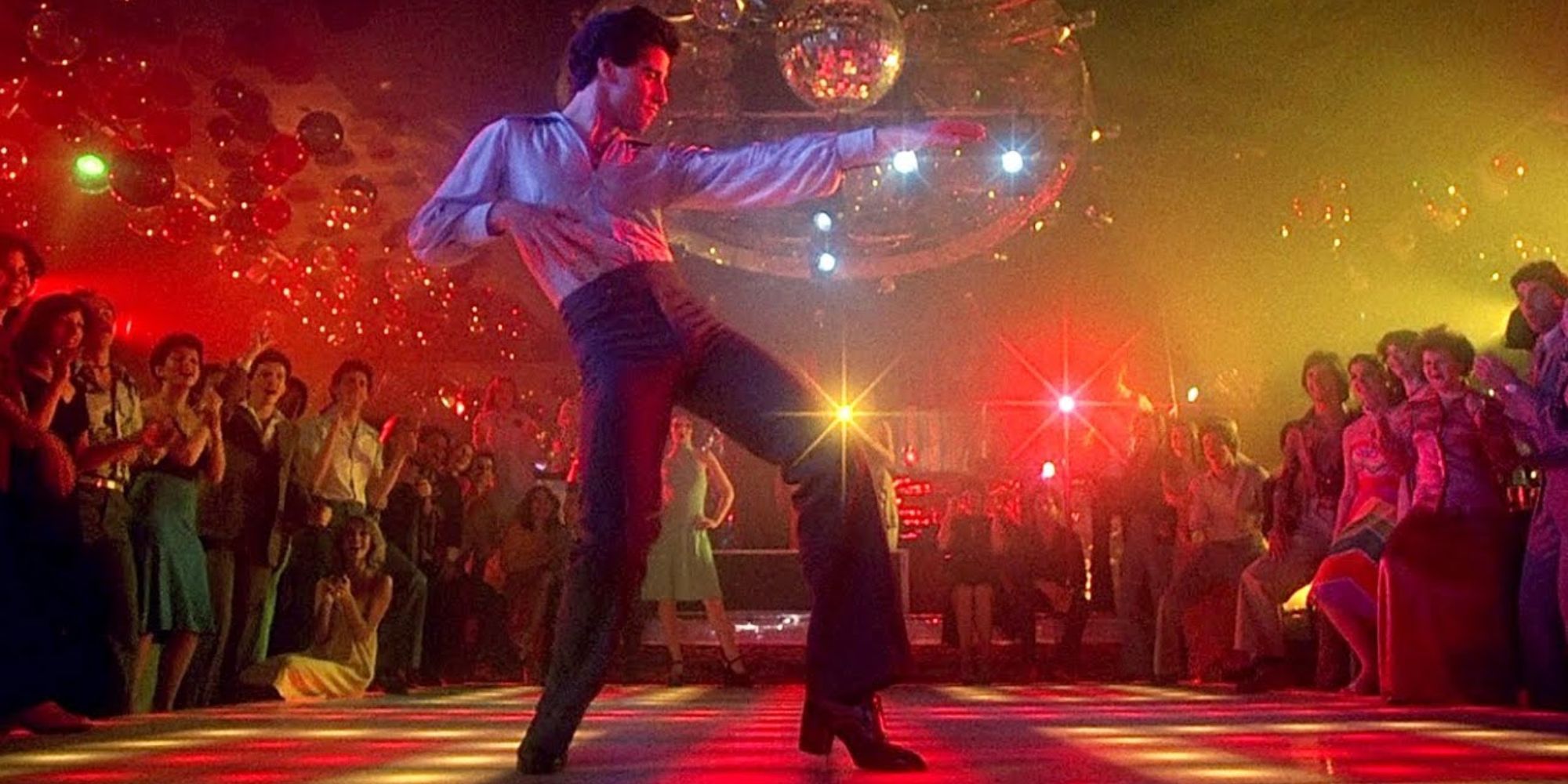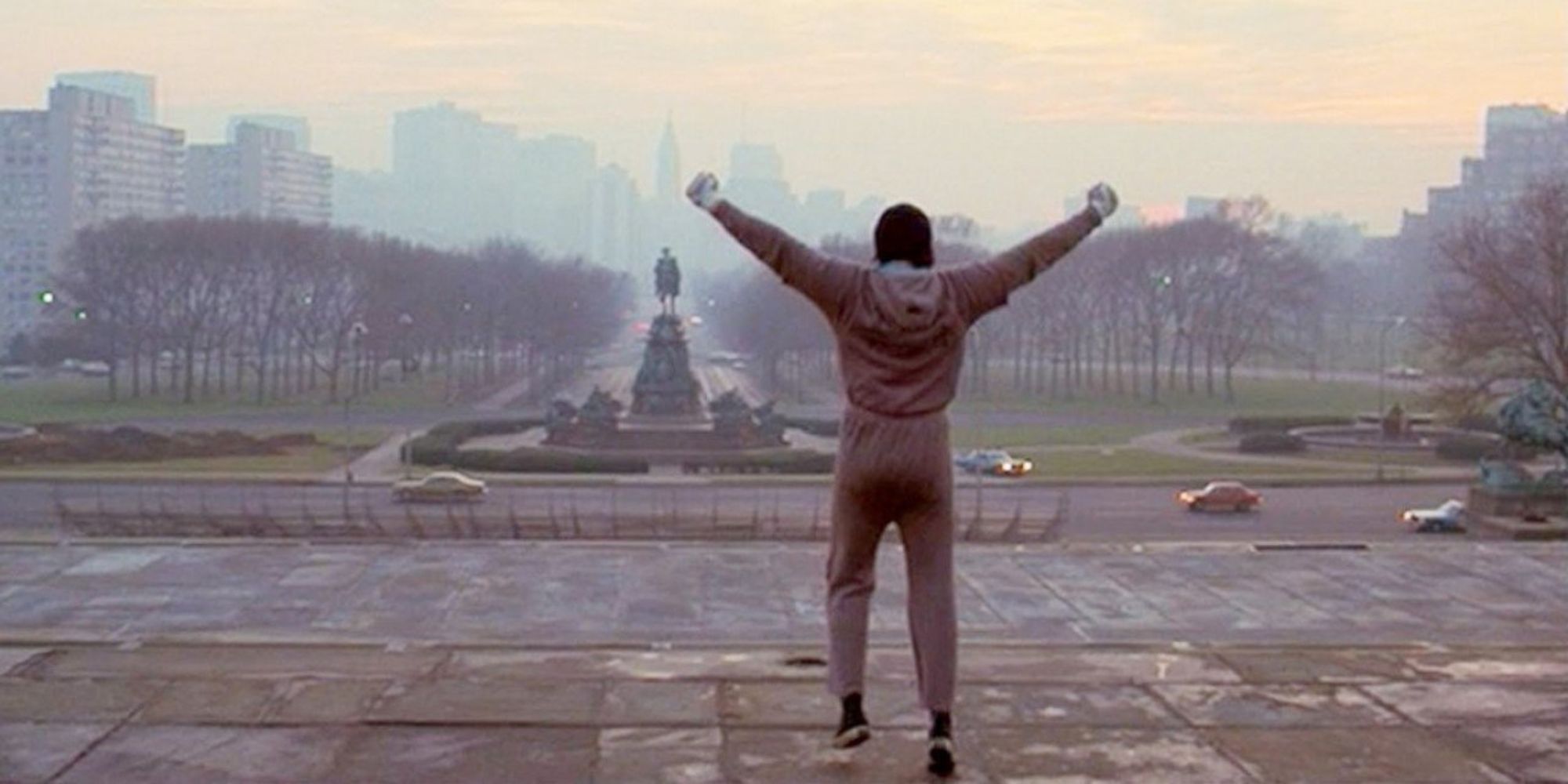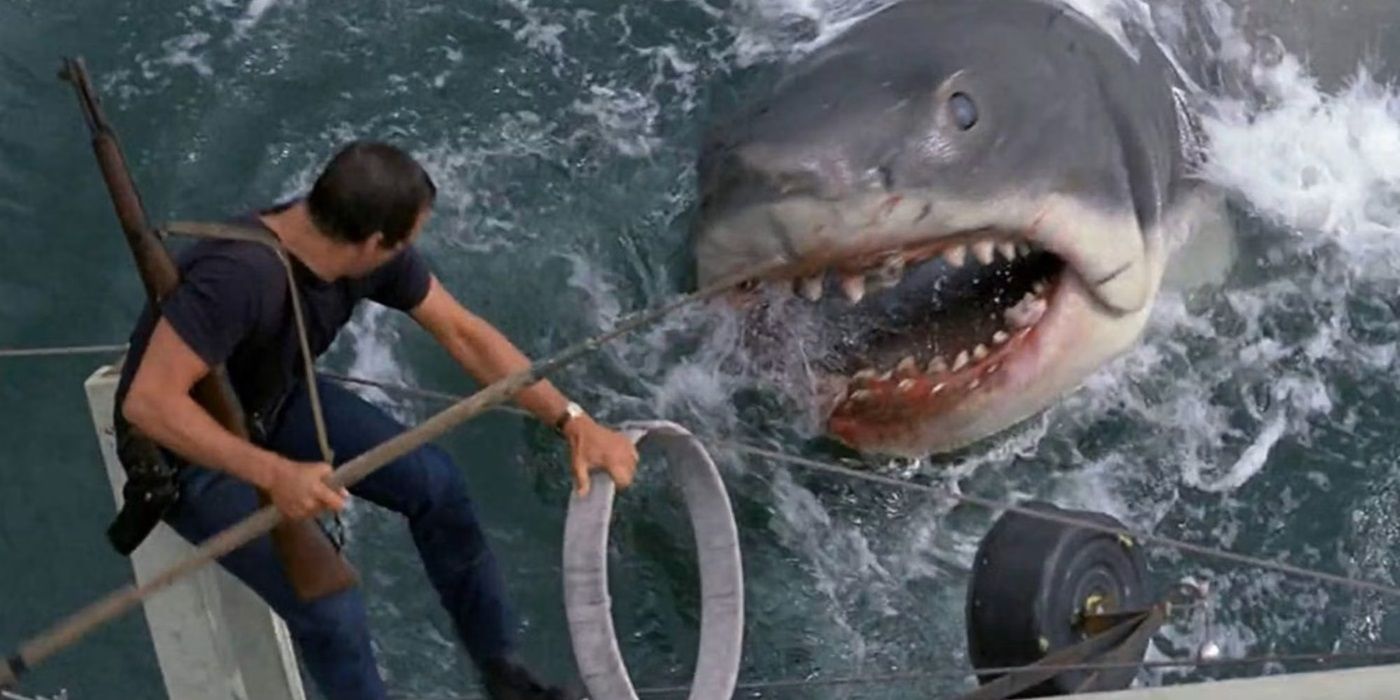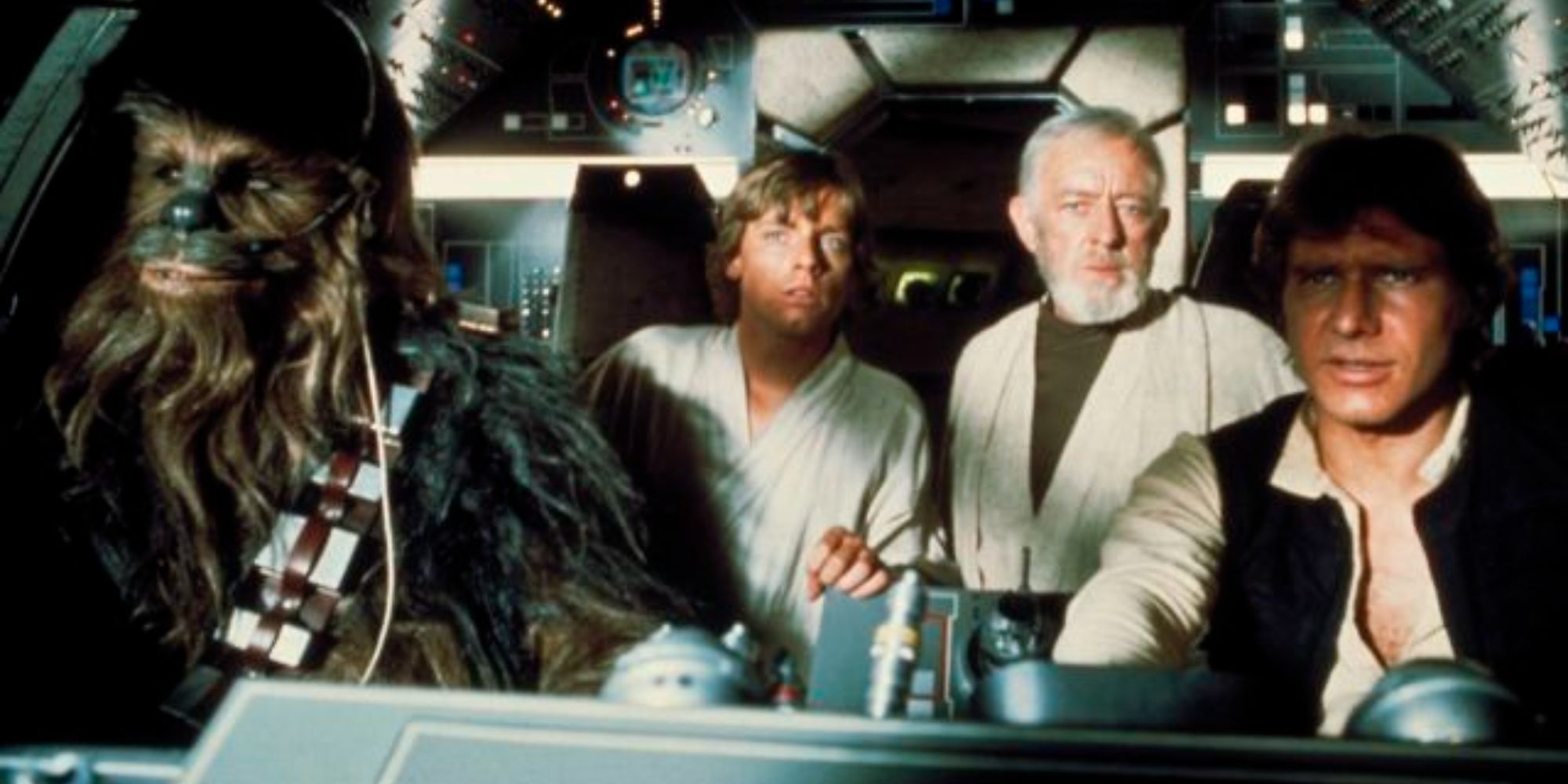The 1970s was seen as a turbulent time for the United States. The counterculture of the ‘60s was dying down, political corruption was exposed through the Watergate scandal, and the nation was still deep in the Vietnam War. It was a deeply dark and confusing decade, and that was also reflected on the big screen. However, this crucial period was also the rise of the New Hollywood Era, where new filmmakers were emerging to deliver fresh ways of telling stories.
While every decade has its Hollywood hits, the ‘70s were particularly influential in the more modern ways films are made. Innovative technology was developed, refreshing approaches to story execution were taken, and new filmmakers and actors emerged with more personal stories to tell. From comedy to drama and from sci-fi to horror, everything in Hollywood was changed during the ‘70s, and these were the films that best defined this era.
10
‘Animal House’ (1978)
Directed by John Landis
It can be argued that an entire era of comedy began with National Lampoon’s Animal House. Not only is the film an early example of raunchy college comedy, but it also helped launch the careers of several big names like Harold Ramis and Ivan Reitman while also starting the short-lived film career of Saturday Night Live star John Belushi. The film takes place in 1962 at the fictional Faber College and focuses on the members of two fraternities: the snooty Omega Theta Pi and the wild Delta Tau Chi, the latter of which Dean Wormer (John Vernon) is determined to get all expelled.
Animal House launched the careers of several talented names both on screen and behind the camera and helped kick off a new trend of comedies, particularly aimed at college-aged audiences. There would be no Vacation, Police Academy or American Pie films without Animal House. Coming off the tail end of the ‘60s and ‘70s counterculture, the film also spoke to audiences with its rebellious characters defying the elite. No matter how vulgar it got or how many togas were worn, Animal House has stayed with audiences for generations as a milestone of comedy.
9
‘Taxi Driver’ (1976)
Directed by Martin Scorsese
Martin Scorsese and Robert De Niro are two of several talented names to emerge from the New Hollywood movement. As director and actor, respectively, they have collaborated on ten feature films together since the ‘70s. The second was Taxi Driver, arguably one of their most notable. With a screenplay penned by Paul Schrader, the film tells the story of Vietnam War veteran Travis Bickle (De Niro), a mentally unstable man working as a New York City taxi cab driver. Due to his loneliness and insomnia, Bickle finds himself drawn to committing violent actions that he believes are heroic.
An essential entry in new Hollywood cinema, Taxi Driver was part of an emerging sub-genre known as “vigilante movies.” Along with Dirty Harry and Mad Max, these kinds of films centered around morally ambiguous protagonists walking a gray line between hero and villain. The movies were gritty and dark but also fascinating character studies. De Niro gives an incredible and influential performance as someone who’s both suffering and delusional in the ways he wants to change. With a thrilling story and compelling direction from Scorsese, Taxi Driver is considered a modern American classic.
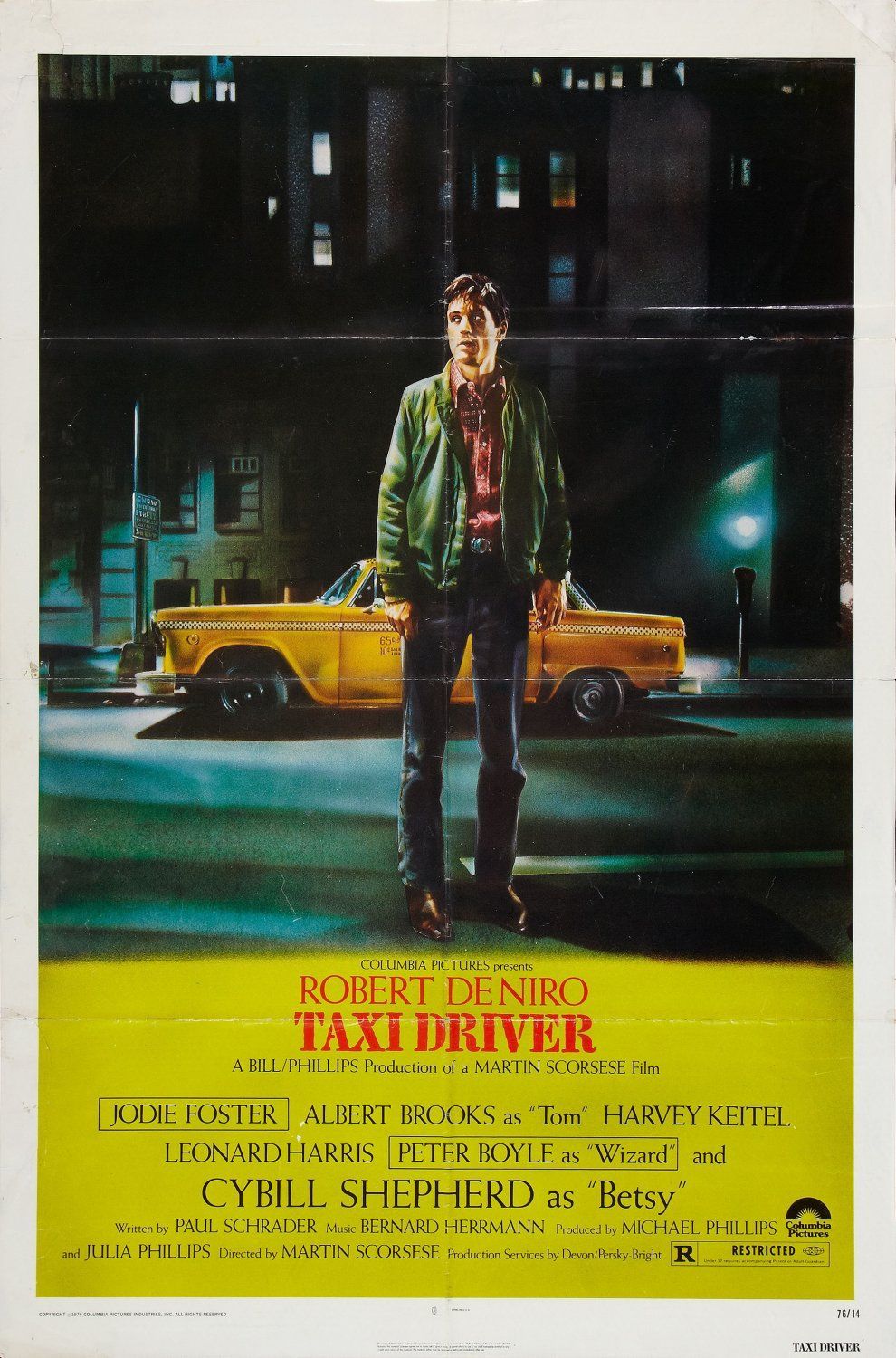
- Release Date
-
February 9, 1976
- Runtime
-
114 Minutes
- Writers
-
Paul Schrader
8
‘The Exorcist’ (1973)
Directed by William Friedkin
What can be said about The Exorcist that hasn’t already been said by everybody? It’s still regarded as one of the scariest films of all time, truly terrifying audiences in 1973 to the point of sickness and hospitalizations. Based on the novel by William Peter Blatty and directed by William Friedkin, The Exorcist centers around the possession of the young Regan MacNeill (Linda Blair), which results in her mother, Chris (Ellen Burstyn), recruiting two priests to perform an exorcism: Father Karras (Jason Miller) and Father Merrin (Max von Sydow).
Part of the reason for the success of The Exorcist was how realistic Regan’s possession was crafted, from the spinning head, levitation, and demonic voice (provided by Mercedes McCambridge). More than that, the film ushered in a newfound level of prestige for horror; it demonstrated that the genre could be elevated to more than just low-budget fare with cheap scares and produce Oscar-worthy results. The Exorcist received ten nominations, including Best Picture, and won two: Adapted Screenplay and Sound. The Exorcist was more than just a great horror film in the New Hollywood Era; it changed the way audiences saw the genre.
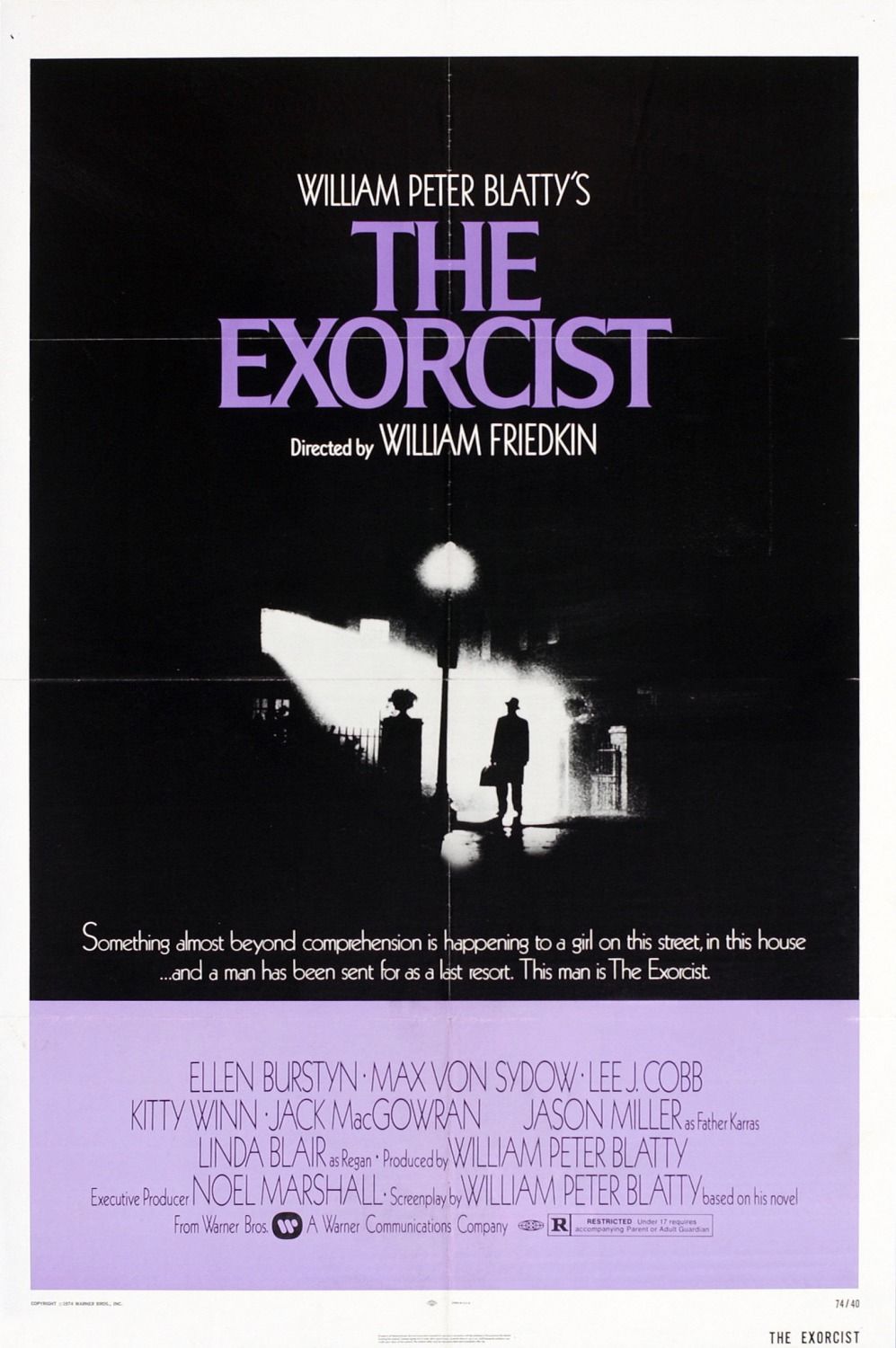
- Release Date
-
December 26, 1973
- Runtime
-
122 minutes
- Writers
-
William Peter Blatty
7
‘All the President’s Men’ (1976)
Directed by Alan J. Pakula
Watergate is considered to be the political scandal’s political scandal. It rocked public perception of the U.S. government to its core, making Americans question the honesty and intentions of their leaders, namely President Richard Nixon. But the uncovering of it all would not have been possible without the efforts of two journalists from The Washington Post: Bob Woodward and Carl Bernstein. Their findings were later published in a book, which was adapted into the film All the President’s Men, one of the most important political thrillers ever made.
Starring Robert Redford and Dustin Hoffman as Woodward and Bernstein, respectively, All the President’s Men chronicles their uncovering of a conspiracy surrounding the break-in at the headquarters of the 1972 Democratic National Convention at the Watergate Hotel, resulting in a chain of events leading to Nixon’s resignation. Since its release, it has not only continued to receive praise for its direction, writing, and performances but also for being one of the best films about journalism. All the President’s Men is a great example of a strong reflection of the changing times during the ‘70s as they were happening.
- Release Date
-
April 4, 1976
- Runtime
-
138 minutes
- Writers
-
Carl Bernstein
, Bob Woodward
, William Goldman
6
‘Apocalypse Now’ (1979)
Directed by Francis Ford Coppola
One of the many emerging filmmakers of the New Hollywood Era was Francis Ford Coppola. He was at the top of his game in the ‘70s, having written Patton and The Conversation. However, Apocalypse Now is what many consider his crowning achievement. Loosely based on the 1899 novel Hearts of Darkness by Joseph Conrad, the story was repurposed to be set during the Vietnam War, centering around Army Captain Willard (Martin Sheen) sent on a top-secret mission in the jungle to find the rogue and possibly insane Colonel Kurtz (Marlon Brando).
Apocalypse Now‘s tumultuous production is a tale worthy of a movie. Due to issues like severe weather destroying the sets, Brando’s weight gain, and Sheen’s heart attack, the film experienced major delays and went over budget. But when it was finally released in 1979, it all paid off with critical praise and financial success. It could be argued that not only is Apocalypse Now Coppola’s masterpiece, but also a strong reflection of what America was feeling after the Vietnam War, especially as a film released not too long after it ended.
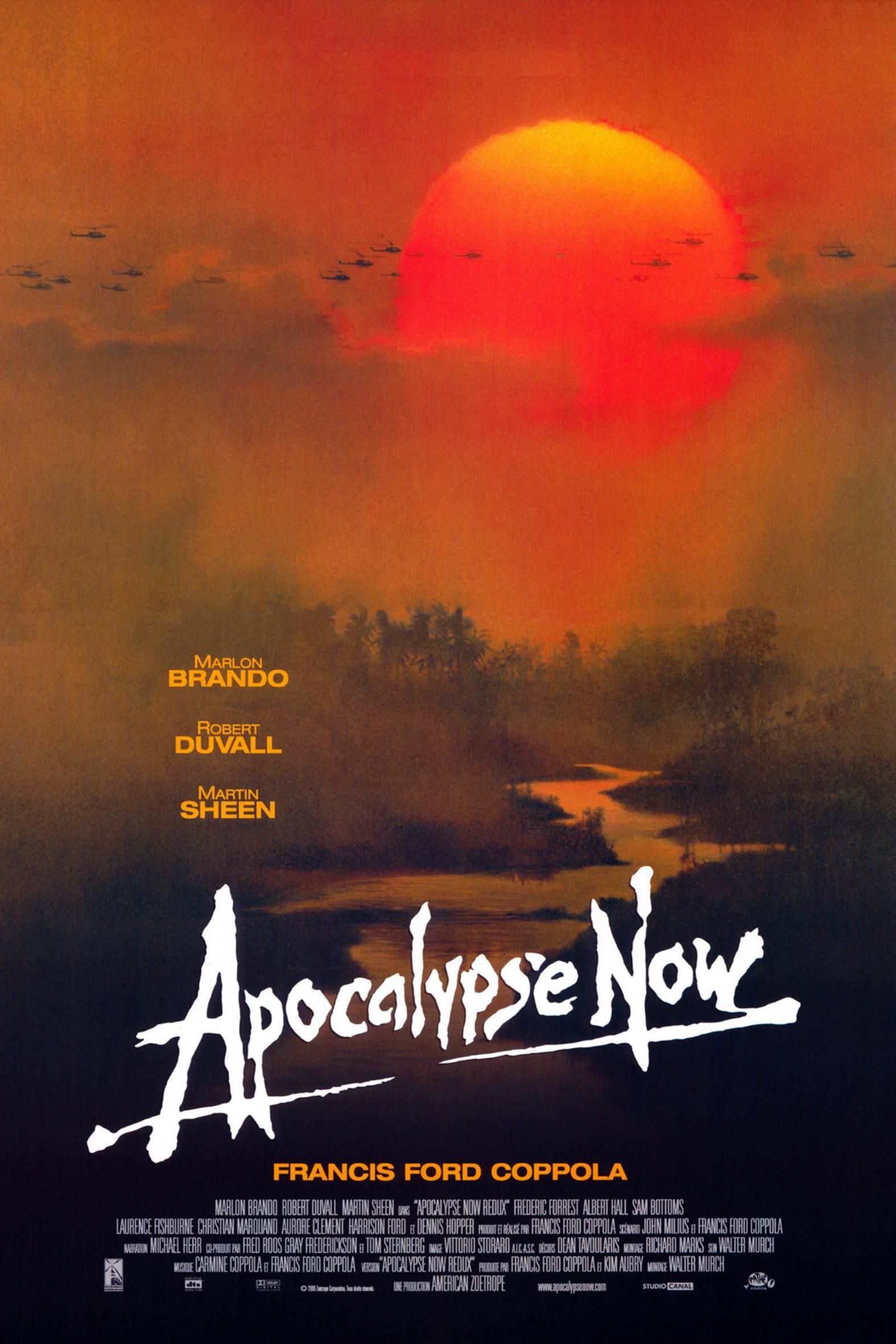
- Release Date
-
August 15, 1979
- Runtime
-
147 minutes
- Writers
-
Joseph Conrad
, John Milius
, Francis Ford Coppola
, Michael Herr
5
‘Saturday Night Fever’ (1977)
Directed by John Badham
There is no ‘70s without disco and there is no disco without Saturday Night Fever. Before Grease, this was the film that turned John Travolta into a movie star. He plays Tony Moreno, a working-class Italian-American in Brooklyn who, when not facing the dead-end reality of the streets and his day job, spends his weekend nights at the local disco with friends. One day, he learns of a dance competition and recruits fellow dancer Stephanie (Karen Lynn Gorney) to be his partner.
Despite the portrayal of the gritty realness of Tony’s environment, Saturday Night Fever is best remembered for being soaked in the disco scene of the ‘70s. While the film itself received critical and financial acclaim, as well as Travolta’s first Oscar nomination for Best Actor, it was its disco-laden soundtrack that helped bring the film into further popularity. You cannot hear The Bee Gees’ “Stain’ Alive” without thinking of Saturday Night Fever‘s iconic soundtrack. Not only is the film still a favorite of the ‘70s, but it might make you appreciate disco again.
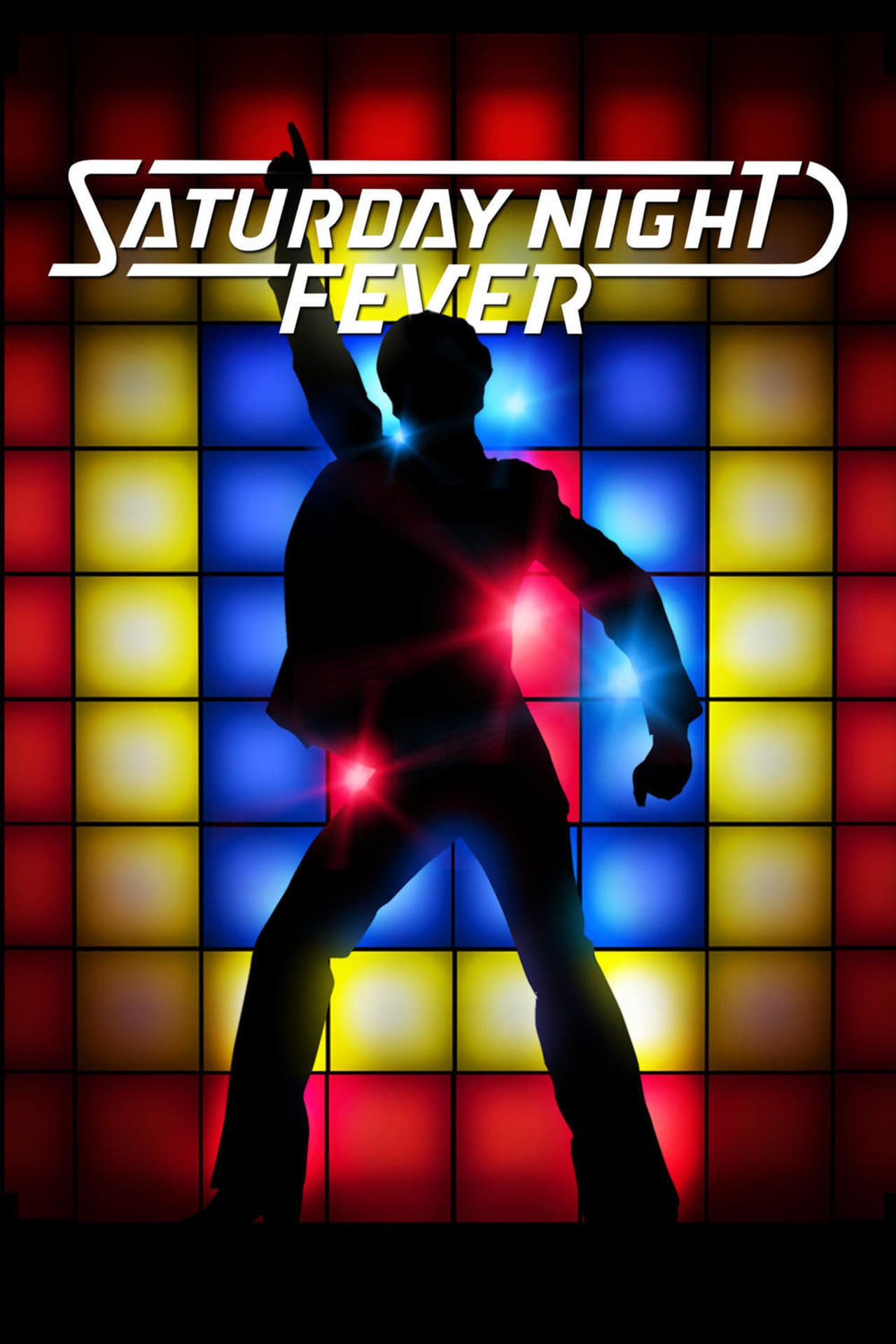
Saturday Night Fever
- Release Date
-
December 16, 1977
- Cast
-
John Travolta
, Karen Gorney
, Barry Miller
, Joseph Cali
, Paul Pape
, Donna Pescow
, Bruce Ornstein
, Val Bisoglio
, Julie Bovasso - Runtime
-
119 Minutes
- Writers
-
Norman Wexler
4
‘Rocky’ (1976)
Directed by John G. Avildsen
All sports films owe something to Rocky. The Best Picture Oscar-winner of 1976 is a staple of feel-good cinema that turned then-struggling actor Sylvester Stallone into a household name. From his original screenplay and under the direction of the late John G. Avildsen, Rocky centers around the titular Rocky Balboa, a small-time boxer in Philadelphia who gets a shot to face off against the world heavyweight champion, Apollo Creed (the late Carl Weathers). With the support of his girlfriend Adrian (Talia Shire), best friend Paulie (the late Burt Young), and trainer Mickey (the late Burgess Meredith), Rocky trains for the chance to go the distance.
Despite having that classic ‘70s grounded grittiness, Rocky is a great example of a feel-good film. In a career-defining role, Stallone plays Rocky as a talkative loan shark who has a big heart and big dreams, and no one else could have done it better. He was the kind of hero that the ‘70s needed to see: someone who could inspire your inner underdog and beat the odds. Rocky was not about winning the thing but proving that you can do the thing.
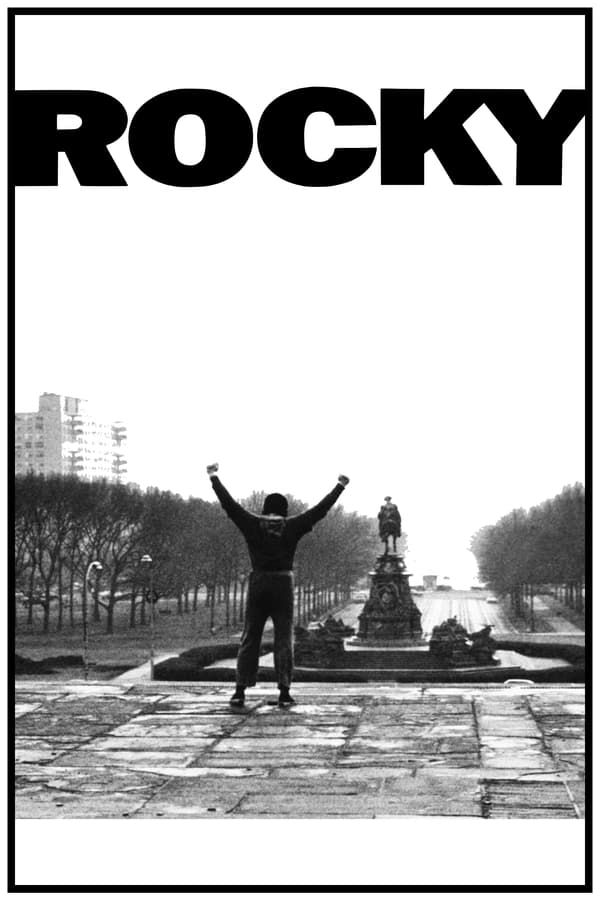
Rocky
- Release Date
-
November 21, 1976
- Runtime
-
120 Minutes
3
‘Jaws’ (1975)
Directed by Steven Spielberg
Long before it was the name of a once-powerful video store franchise, the term “blockbuster” applied to major studio films that had to be seen in theaters. The film that solidified the term into popularity was Jaws, a classic man vs. nature thriller based on the novel by Peter Benchley. Directed by a then-lesser-known Steven Spielberg, Jaws tells the simple but highly effective story of a small New England resort town terrorized by the presence of a great white shark. From there, it’s up to police chief Brody (Roy Schieder), oceanographer Hooper (Richard Dreyfus), and shark hunter Quint (Robert Shaw) to track down and kill the shark.
Jaws was a highly unexpected success that caught Universal Studios completely off guard, mainly because, like Apocalypse Now, it also had a troubled production. Since there was no CGI in the ‘70s, there were three mechanical sharks designed for the film, but malfunctions caused several delays while filming in the ocean. It all paid off, as showing the fearsome shark thrilled audiences in the summer of ’75. Moviegoers were all about Jaws, and thanks to the positive word-of-mouth, it turned Spielberg into the influential director we know and love today.
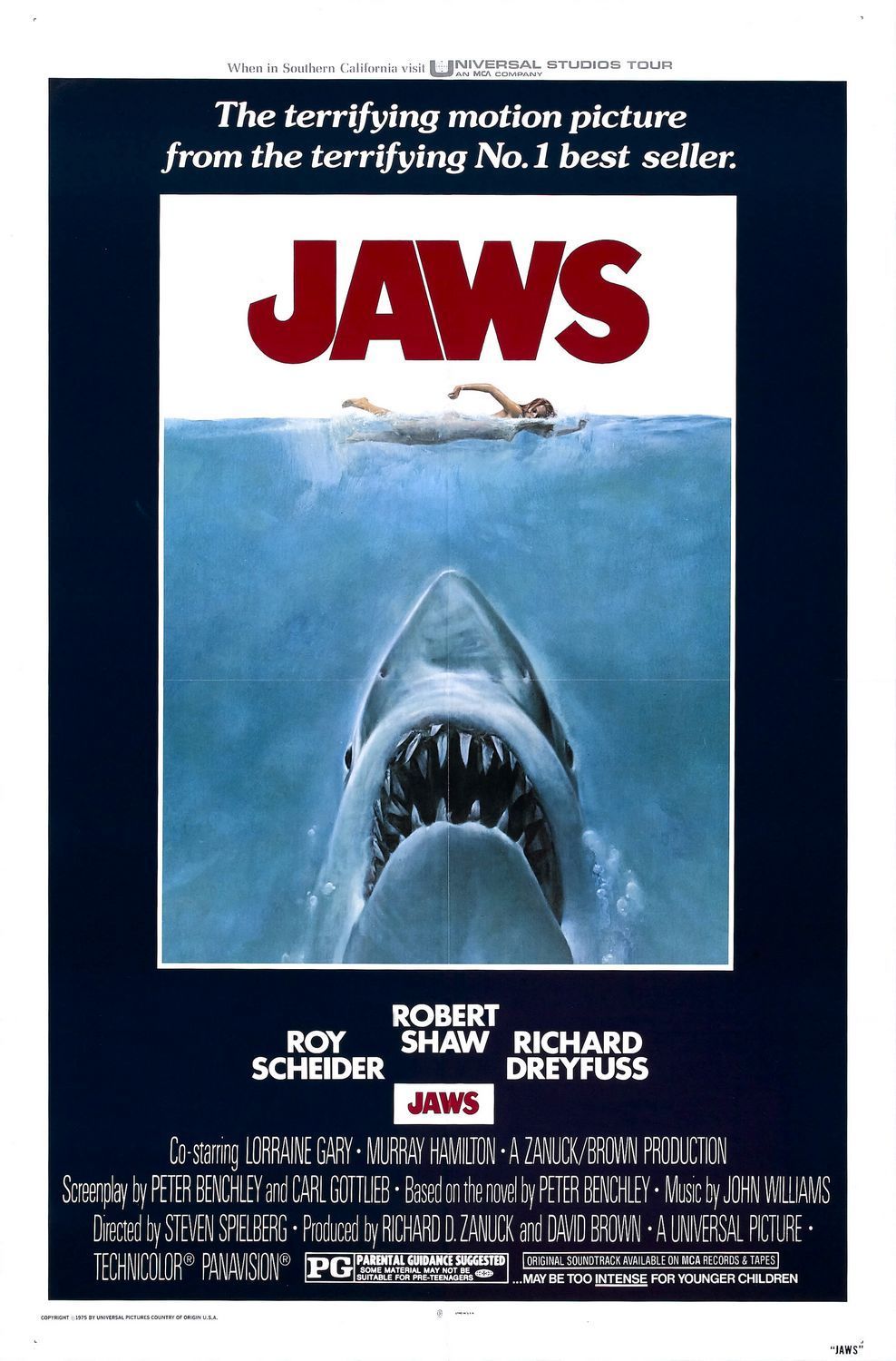
- Release Date
-
June 18, 1975
- Runtime
-
124 minutes
- Writers
-
Peter Benchley
, Carl Gottlieb
, John Milius
, Howard Sackler
, Robert Shaw
2
‘Star Wars: Episode IV – A New Hope’ (1977)
Directed by George Lucas
There is no modern cinema without Star Wars. The epic space opera created by George Lucas came at just the right time in history when the turmoil of the ‘70s was starting to wind down. Everybody knows this story: in a galaxy far, far away, farm boy Luke Skywalker (Mark Hamill), Princess Leia Organa (the late Carrie Fisher), and smuggler Han Solo (Harrison Ford) join a rebel alliance to destroy the Death Star, a powerful weapon created by the Galactic Empire. Star Wars was later turned into a successful trilogy and a further expanded franchise that’s still beloved today.
Star Wars defined science fiction. Audiences more than responded to the familiar but fresh heroes and villains that the film introduced, especially at a time when the big screen was dominated by morally ambiguous characters. Next to that, the cutting-edge technology and effects used to create the spaceships, space battles, and space creatures were unlike anything ever seen on screen before. Like Jaws, Star Wars helped define the modern blockbuster. It wasn’t just a product of the New Hollywood Era; it also changed the way Hollywood makes films.
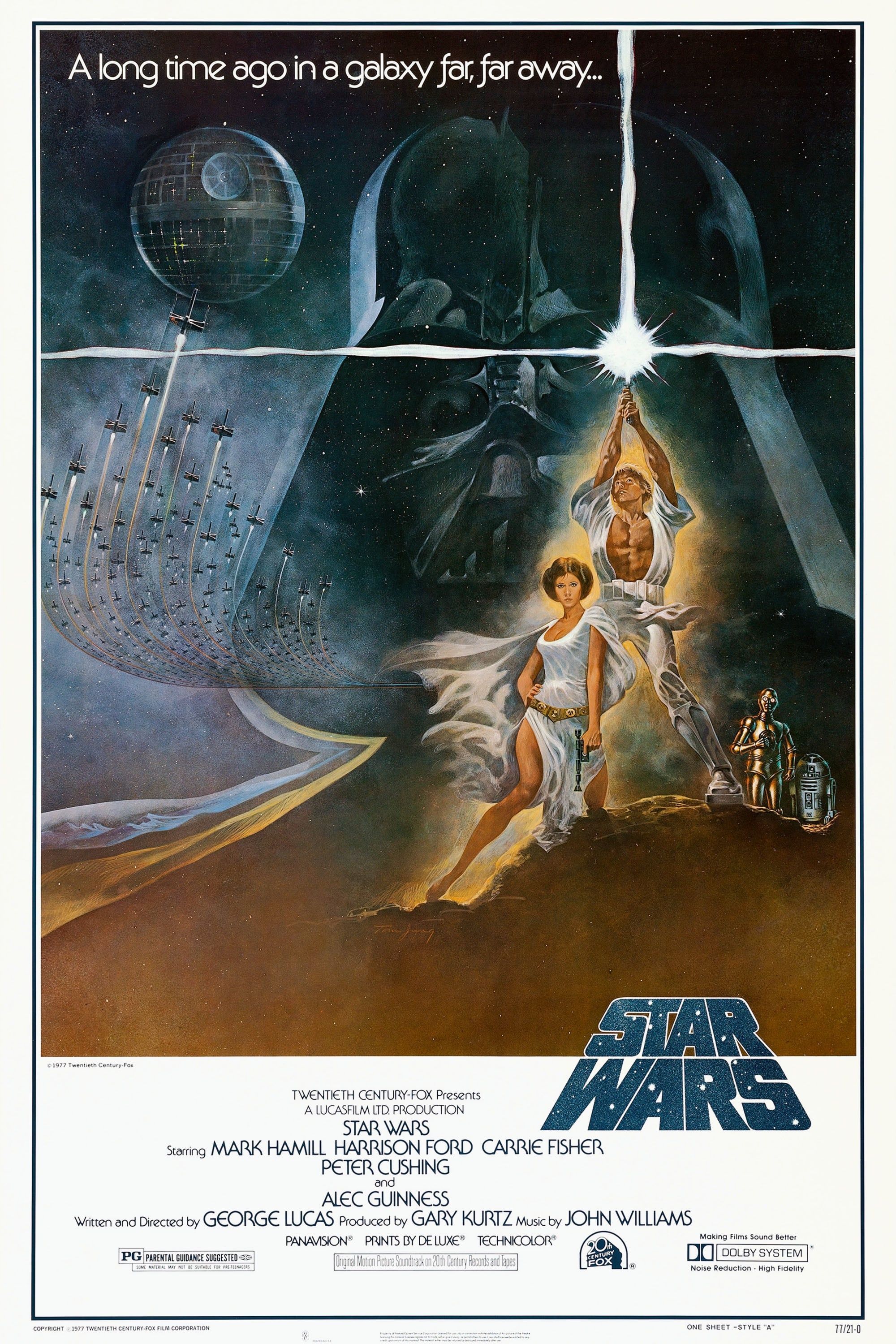
- Release Date
-
May 25, 1977
- Cast
-
Mark Hamill
, Harrison Ford
, Carrie Fisher
, Alec Guinness
, David Prowse
, James Earl Jones
, Frank Oz
, Anthony Daniels
, Kenny Baker
, Peter Mayhew
, Peter Cushing - Runtime
-
121 Minutes
- Writers
-
George Lucas
1
‘The Godfather’ (1972) and ‘The Godfather Part II’ (1974)
Directed by Francis Ford Coppola
The Godfather and The Godfather Part II brought a newfound level of respect to the gangster genre. Both films were based on the highly successful novel by Mario Puzo and directed by Francis Ford Coppola. The first film centered around the Corleone family, with patriarch Don Vito Corleone (Marlon Brando) transferring power to his youngest son, Michael (Al Pacino). The sequel continued Michael’s story and followed a young Vio Corleone (Robert De Niro) and his origins.
Thanks to Coppola’s emphasis on Italian American culture and the focus on the characters’ complexity, The Godfather is more than just a gangster film with violence. The film was like a tragic opera, masterfully told through what the characters are feeling. The same approach continued in The Godfather Part II, which is now considered to be one of the best sequels of all time, if not the best. With the box office success, critical acclaim, several awards (including two Best Picture wins), and countless homages and parodies that followed over the years, The Godfather and The Godfather Part II are not only prime examples of how New Hollywood changed in the industry but also the best-defined cinema of the ‘70s.
Source link

